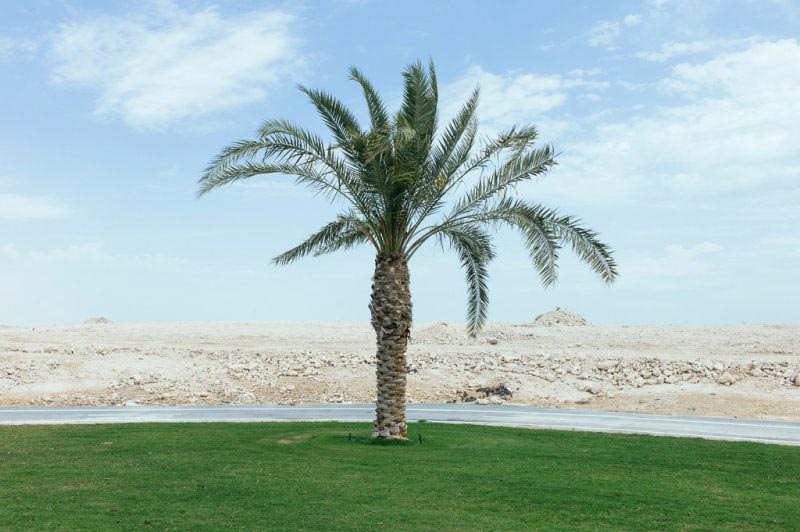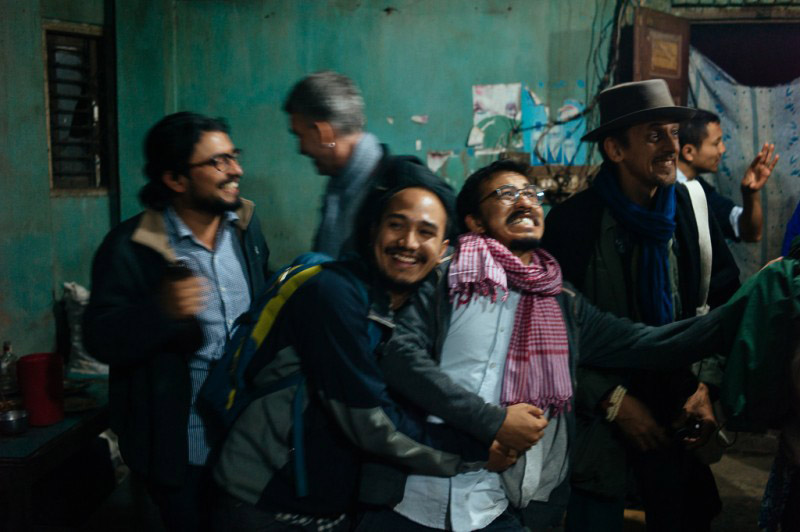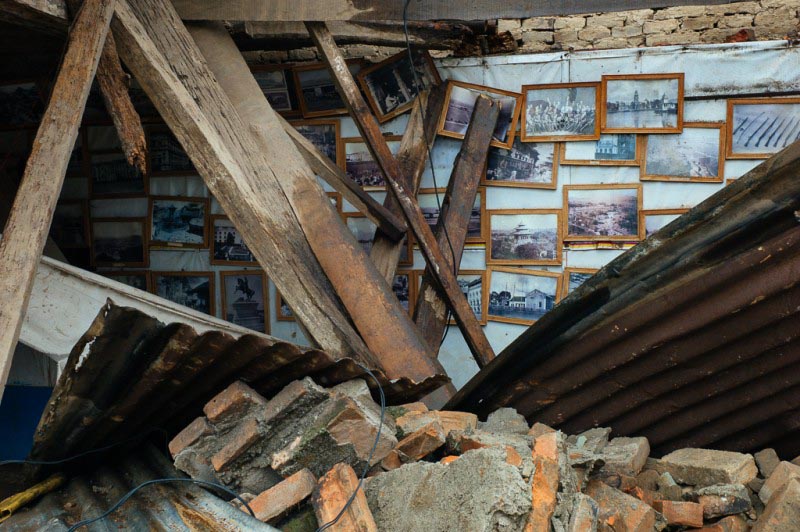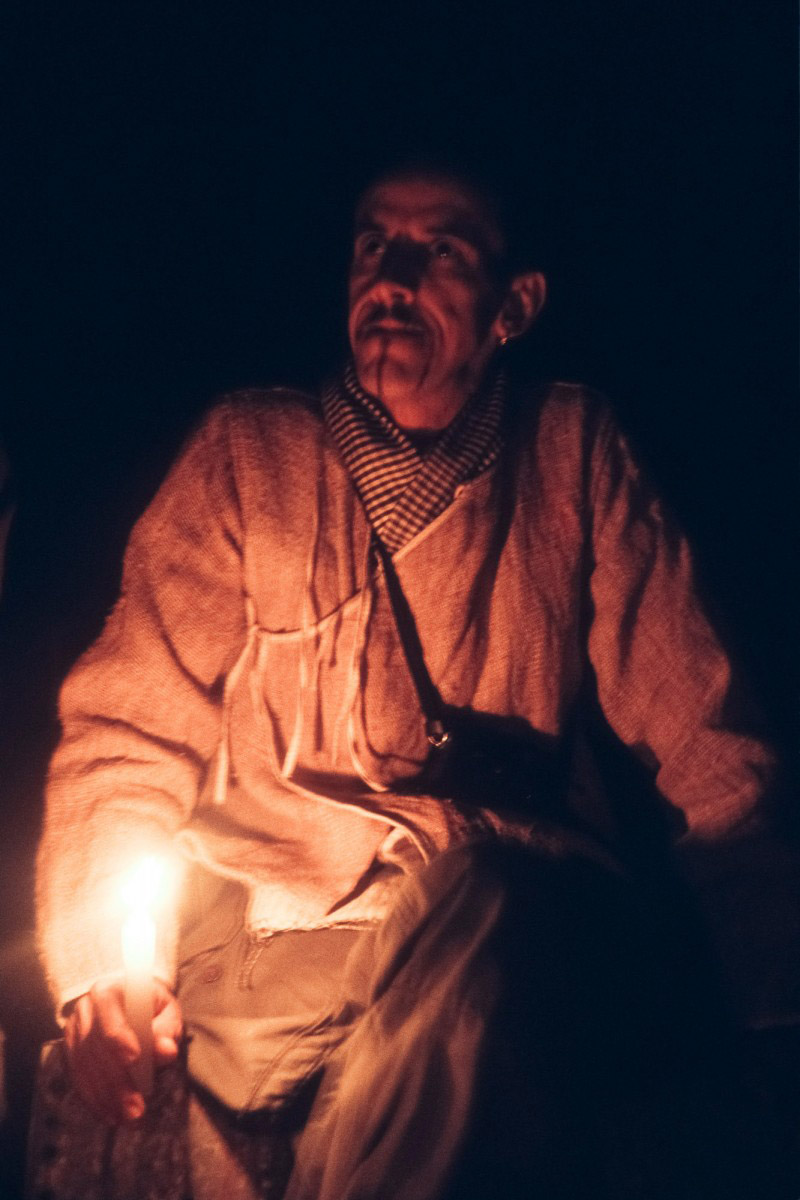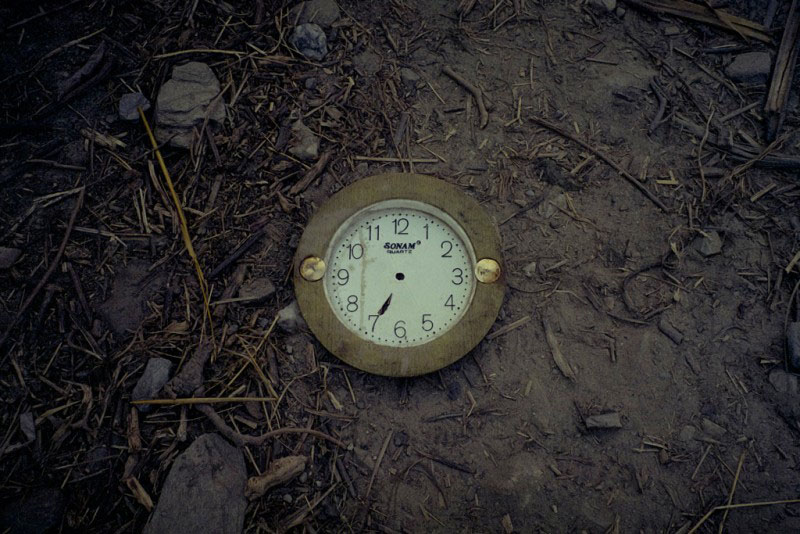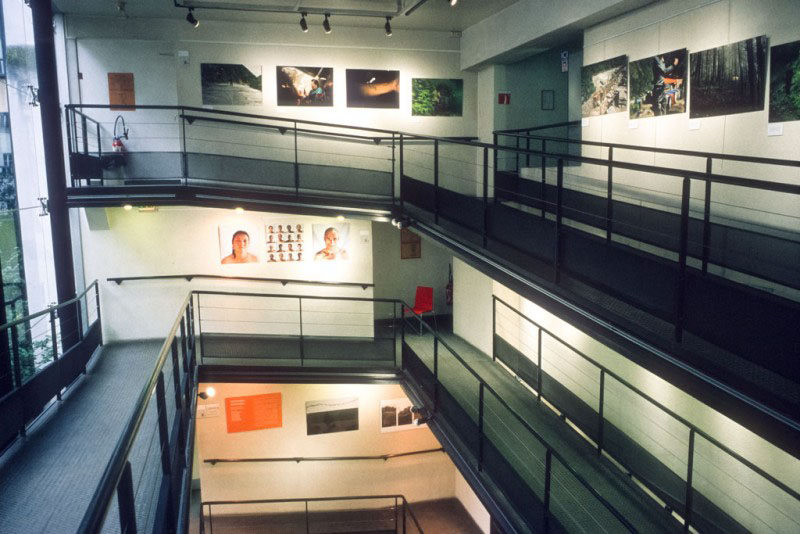Workshop “Circuits of Labour, Obligation and Debt: International Migrants, Their Families, and the Migration Industry in Nepal”,
University of Oxford, Institute of Social and Cultural Anthropology, 13-14 March 2017.
To write for…
Opening paths to the photography of others, be they critical…
Searching for a new vision of mine…
Some considerations about the Nepali photographic scene in 2016
In October 2012, an exhibition entitled Népal Intime was exhibited at the Fondation Alliance Française in Paris. The first of its kind to go abroad, it featured works by young Nepali photographers, including…
The first anniversary of the 25 April 2015 earthquake in Nepal is imminent. It will come with commemorations, civil and religious events, all sorts of speeches and calls on symbols, which will undoubtedly generate numerous images. This is the occasion to reassess the motives, the stakes and the meanings of the representations of such an event. […]
On Philip Blenkinsop’s Nepalese work
Philip Blenkinsop is a photographer who doesn’t show much.
Although I’ve taken pictures as far back as I can remember, I started to do it with some sort of visual intention only in 1994 during my first travel in Asia. It was a ten months long trip around the Himalayas from Kathmandu to Kathmandu via Northern India, Northern Pakistan, the Khunjerab Pass, Chinese Turkestan and Tibet. Why did I go there, and why with a camera? Let me provide you with an chronology.
In Nepal, photography for a long time was the almost exclusive matter of the official photographers of the court. Vernacular photography did exist in parallel, but until the medium became more accessible this was an activity only an elite and a few enthusiasts could indulge in. Besides, in these forms of photography, the role of the photographer hardly overstepped the one of a diligent craftsman.



